Explore together: top tips for reading National Geographic Little Kids magazine
How to make the most of every issue...
National Geographic Little Kids is designed to inspire meaningful interactions between caregivers and young learners, helping you discover the world side by side – both on the pages and off.
Research shows that shared moments are crucial for children’s development, building their brains as you read, chat, laugh and play. And by reading with a child, you can expand their vocabulary and understanding of the world, too.
Plus, every issue is designed around the Development Matters Framework – a UK Government published guide for early years learning – to ensure that it has strong educational value. The same framework is used by nurseries across the UK!
Here are some tips to help you enjoy National Geographic Little Kids together…
Make it a habit
Figure out a dedicated daily ‘reading time’ that fits your routine – whether it’s before bed or after a meal. Make this special time something to look forward to. As little as ten minutes a day can make a big difference.
Get cosy!
Put away the devices, find a comfortable spot, snuggle up and start the adventure…
Let the child lead
Allow your young learner to hold the magazine and/or turn the pages, going where their interest takes them. Sticker pages first? No problem.
Our stickers aren’t just cute – they also help develop physical dexterity and fine motor skills. Encourage numeracy by asking children to find the sticker that matches the page. They can look for the numbers by the stickers!
Read aloud
Reading out loud to early learners, pointing at the words and pictures as you go, is proven to develop literacy. And if your child is an independent reader, they’ll take great pride in following the engaging text and completing the activities without assistance. Maybe they could read to you?
Look out for prompts!
Colour-coded circles are dotted throughout the mag to inspire further discussions and activities.
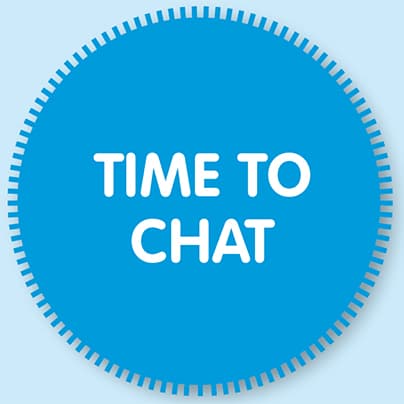
Questions in the blue circles are conversation starters, helping you discuss what kids notice, remember and feel. You might talk about your surroundings, experiences or the wider world.
Time to get silly! These orange circles suggest physical activities – from animal impressions to dancing. Having fun together is a vital part of learning.


The green circles contain bonus games to play on the pages. They might encourage further observation, counting or exploration.
Encourage interaction
As you’re flicking through the magazine and playing the games, talk about the pictures on the pages and ask questions. Or if your child enjoys reading independently, ask what facts they’ve discovered inside their magazine.
Make the most of every issue
If you’re a Little Kids subscriber, check your inbox for our monthly email newsletters, which provide more top tips and a sneak peek inside the upcoming issue. There are also bonus activities for you and your reader to enjoy!
Not a subscriber yet? Click here to discover all the fantastic benefits, read sample pages of Little Kids and more.

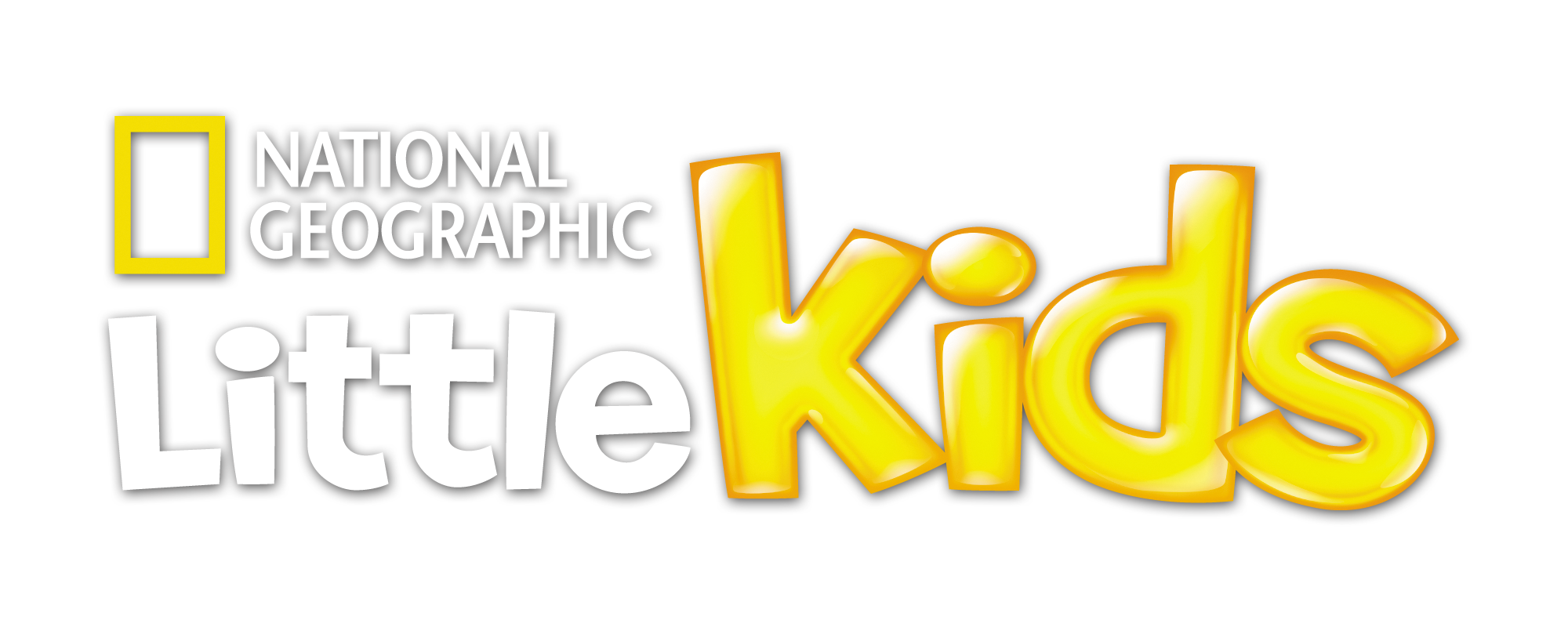



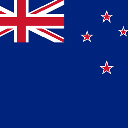
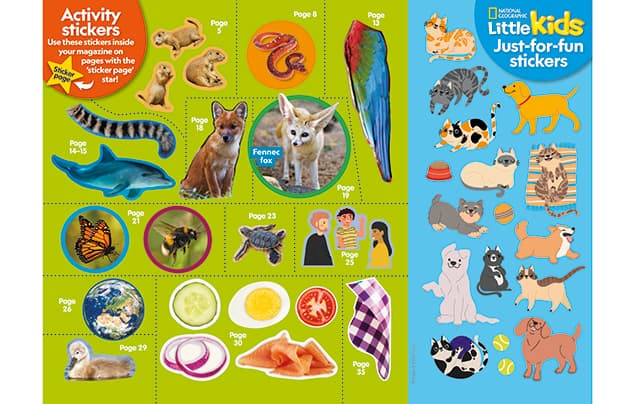
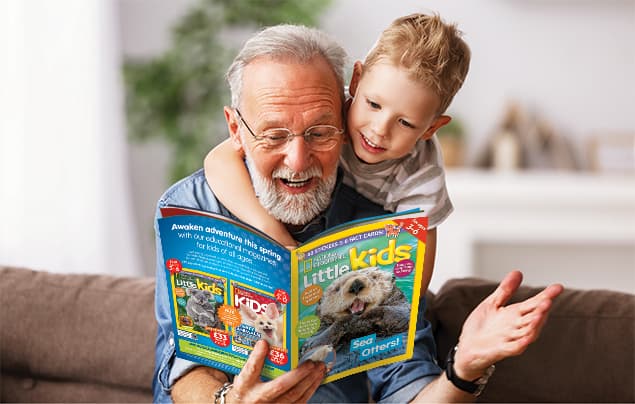
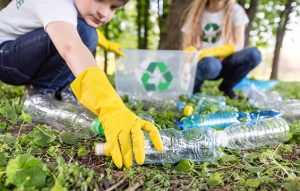


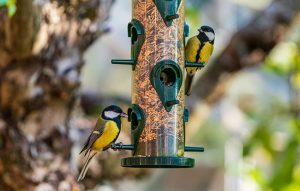
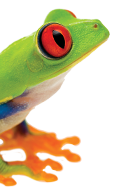
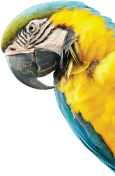


LEAVE A COMMENT
THANK YOU
Your comment will be checked and approved shortly.
WELL DONE,
YOUR COMMENT
HAS BEEN ADDED!
COMMENTS1
CUSTOMIZE YOUR AVATAR